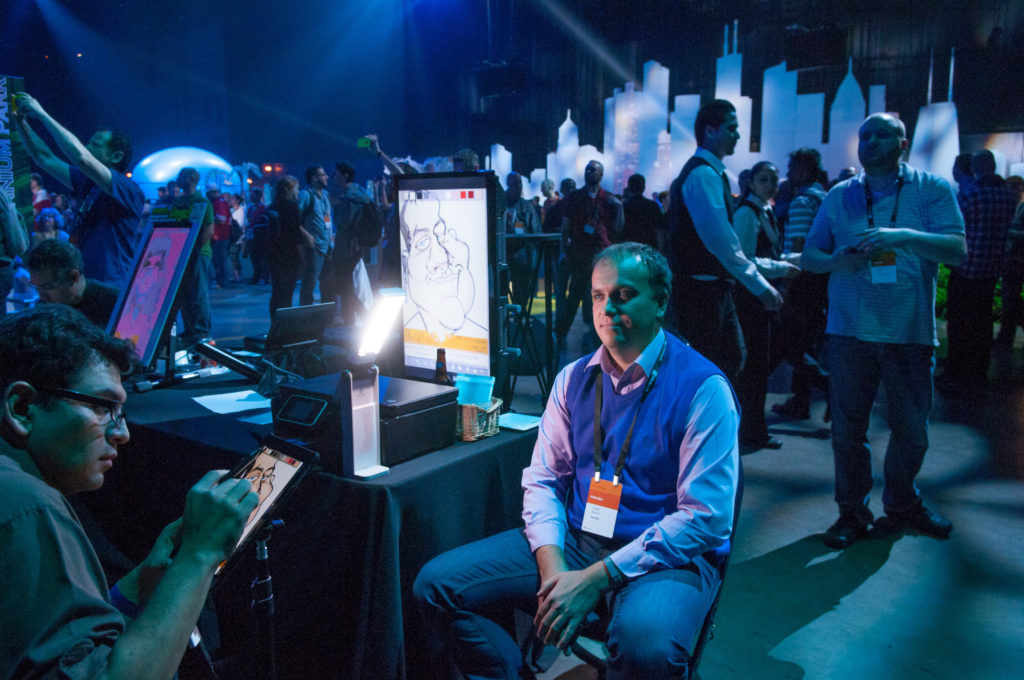Exactly How Production Firms Transform Ideas Into Compelling Visuals
The process by which manufacturing companies change abstract principles right into engaging visuals is both detailed and methodical, starting with the critical phases of ideation and script growth. As the job progresses via pre-production, manufacturing, and post-production, each stage needs careful attention to detail and placement of artistic aspects.
Recognizing the Creative Refine
While the creative procedure might vary significantly from one production firm to another, it normally entails a structured method that stabilizes imaginative vision with functional implementation. The procedure starts with ideation, where concepts are conceptualized and refined. During this phase, imaginative groups participate in conversations that explore themes, narratives, and aesthetic designs, guaranteeing that the core message straightens with the desired target market.
Adhering to ideation, the development phase takes facility phase, where scripts, storyboards, and shot listings are carefully crafted. This phase is necessary as it converts abstract ideas into substantial plans, helping with a smoother manufacturing process. The innovative team works together carefully, making sure that every element, from casting to place hunting, shows the creative intent.
Once pre-production concludes, the execution stage begins, where the job is brought to life with filming and editing. This phase calls for an eager attention to information, as the innovative vision is recognized with technical know-how and creative expression. Finally, post-production further improves the visuals and audio, finishing in a refined end product that resonates with the audience. Hence, recognizing this organized innovative process is vital for appreciating how production business transform concepts right into engaging visuals.

The Role of Partnership
How does cooperation improve the creative result of production firms? At its core, collaboration is an important driver that promotes technology and creativity within the production landscape.

Moreover, cooperation motivates open interaction, which is critical for browsing the intricacies of production. It cultivates an ambience where feedback is valued, permitting repetitive enhancements and adjustments that boost the final item. Eventually, the joint spirit within production firms serves to change preliminary principles right into compelling visuals that captivate audiences, enhancing the importance of team effort in accomplishing creative quality.
Pre-Production Fundamentals
Pre-production is a critical stage in the filmmaking process, commonly incorporating five necessary actions that lay the groundwork for a successful manufacturing. The initial step entails script growth, where the screenplay is refined, making sure that the story is cohesive and compelling. This is followed by budgeting, which establishes the economic framework for the job, identifying crucial costs connected to cast, team, places, and devices.
The third step is casting, a crucial procedure that entails choosing the right actors to depict the characters authentically. A well-cast film can dramatically enhance the tale's influence. Next off, area looking is carried out to discover appropriate filming websites that straighten with the vision of the job, taking into account logistical aspects such as accessibility and permits.
Catching the Vision in Production
In the vibrant setting of a movie set, capturing the vision in production needs careful control and partnership among all divisions. Each group, from cinematography to art direction, plays an important duty in equating the screenplay into visual images that reverberates with target markets. The supervisor's vision have to be properly communicated to make certain that every shot, angle, and lights selection straightens with the overarching narrative.
Cinematographers are tasked with selecting cam tools and lenses that ideal convey the tale's tone, while production developers create immersive environments that improve the visual experience. Closet and make-up groups add by shaping personalities through their look, reinforcing the story's themes.
Audio style and music also match the visuals, developing emotional context and enhancing target market interaction. Daily sychronisation meetings and on-set communication networks facilitate real-time modifications, guaranteeing that any imaginative subtleties are captured as they arise.
Inevitably, catching the vision in manufacturing has to do with harmonizing these diverse aspects to produce a natural and compelling visual story. The joint initiative not just brings the manuscript to life yet additionally lays the structure for a powerful cinematic experience.
Post-Production: Refining the Last Item
Post-production plays an essential duty Read More Here in refining the end product, changing the raw footage caught throughout production right into a polished motion picture experience (production companies nashville tn). This phase incorporates several crucial processes, including editing and enhancing, sound style, shade adjustment, and aesthetic effects, each adding to the overall narrative and emotional influence of the movie

Audio discover here design is just as essential, entailing the enhancement of dialogue, audio effects, and climatic sounds that improve the seeing experience - production companies nashville tn. The mindful layering of audio components assists engage the audience in the story globe
Color correction better improves visual appeal, readjusting colors and contrasts to create a natural aesthetic that straightens with the movie's state go to my site of mind. This step makes certain that each framework reverberates mentally with audiences.
Verdict
To conclude, the improvement of principles into compelling visuals demands an organized and collective approach within production companies. By focusing on communication and coordination throughout the imaginative process-- from ideation and pre-production to production and post-production-- these business efficiently line up different imaginative components with the narrative. This meticulous method not only boosts storytelling yet also astounds target markets, eventually leading to immersive and engaging motion picture experiences that resonate deeply with customers.